|
Accessing prior knowledge is an important element of instruction especially when serving multilingual learners. It doesn’t have to take long, but when implemented it can stimulate thinking and help new learning stick too.
ABC Brainstorming is one way to access prior knowledge, and it can also be used as a culminating activity. ABC Brainstorming can be done in small collaborative groups or it can be done individually. I have found it most effective when introduced first individually for a few minutes and then in small collaborative groups. What is advocacy? Am I doing it?
Many educators find themselves asking these questions. Advocacy sometimes sounds big and scary and many educators think they can’t do it. But actually, advocacy is incorporated in daily actions sometimes big and other times small. An EL Teacher’s Perspective on Self (& Professional) ImprovementWhen we pour into ourselves, those around us benefit. This is why becoming the BEST version of yourself is an investment for not only YOU but all of those around you. Our students, families and colleagues deserve the best from us and so do we.
These ideas led me to think about how I will deliberately improve myself for the sake of the English learners, families, and colleagues I work with and here is my plan. I’m nudging you to think about your intentions also. What will you do in 2023? Multilingual learners count on us to provide high-quality, comprehensible, and culturally responsive instruction in each lesson in every classroom.
Here are 22 practical and efficient ways (in no particular order) we can support emergent bilinguals as they climb to become our future global leaders. *The terms multilingual, emergent bilingual, and English learner are used interchangeably in this article and also include the acronyms MLs, EBs, and ELs. Last year, I wrote about what I was currently listening to, reading, writing, and viewing. I thought it was a good time to share again. And I’d love to learn about yours!
EL teachers work alongside many stakeholders. They work with students of course. But they also work with general education teachers, instructional coaches, special education teachers, administrators, and more. However, one lesser known, yet powerful partnership is the one between the EL teacher and the library media specialist.
What do EL teachers and library media specialists have in common? These stories from the field bring a reality to the question. The first thing we do with students can set the tone for our time together. Starting the period off on the right foot is critical to a successful lesson. Read on to discover five ways to start your class period in engaging and welcoming ways whether you are a general education teacher or an ESL teacher that pulls students out.
I was a mainstream, third grade teacher in a public school in a suburb outside of Houston, Texas when I began teaching in 1997. Our school had one designated teacher that served English learners through a pull-out program. I understood my job was to teach students the general education curriculum while she taught my English learners the language. I never knew exactly what they did when they were with the ESL teacher. And I’m not sure if she knew what they were doing when they were with me.
Fast forward to 2019. Looking back, I know that this was not a great structure for teaching content or language to our students. I can only imagine how much more and how much quicker our students would have learned language and content had we collaborated…had I recognized my own role as a language model for the students. ALL educators, administrators, and stakeholders need to know how to serve ALL students including English learners.
Teaching language structures is one of the most important things we do with our English learners. Embedding academic vocabulary into the language structures is key to their academic success. Making it interactive, engaging, and fun bumps it up ten notches! The Sentence Patterning Chart (a GLAD strategy) that I wrote about last January is an excellent way to build content knowledge and help students acquire language structures through authentic shared writing.
So if you haven't tried it yet, I highly suggest it. And if you have tried it, here's your next move!
Back in the day, not too long ago, the only way to receive professional development was to attend a training or workshop. No longer is that the case. Now, there are many options for us. So, with Twitter, online learning, and newer opportunities out there, is face-to-face professional development a thing of the past? As a professional development specialist, I find this an interesting question to ponder.
Have you heard of escape rooms? They are pretty popular lately. Kind of an innovative way to build relationships while engaging a group of people in a real life puzzle.
Breakout EDU brings a similar experience to the classroom. And if you haven't hear of it, you need to check it out! Students work in heterogeneous groups to solve a series of puzzles related to a unit of study. Students must work together in order to reveal the codes which unlock several locks in a set amount of time (usually 30-45 minutes). Teachers can create Breakout EDU games that address the curriculum and state standards for the grade level they teach. Does Breakout EDU support ELLs? RELATIONSHIPS
Building a relationship takes time as well as tons of effort. Being intentional about building a relationship is important. Mindfully going into co-teaching will benefit both teachers and the students. Some people are not naturally comfortable with having another person in their classroom, so easing into co-teaching may be necessary. To begin with, meet ahead of the year and get to know as much as possible about one another. In my experience, there have been teachers who are more open to sharing and others who are less. That's okay! As long as your co-teacher knows you care and you are interested, that's a start. |
Categories
All
|

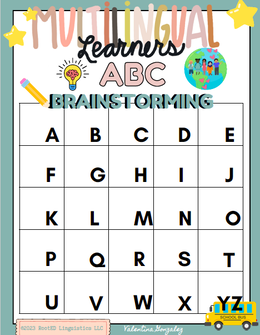
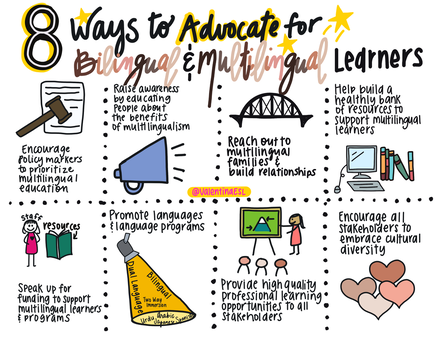

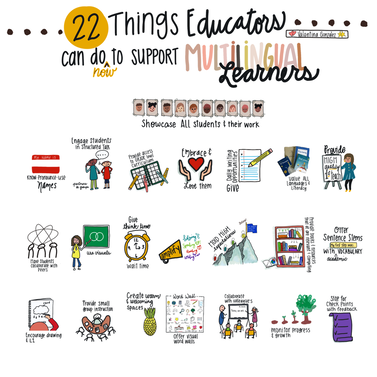
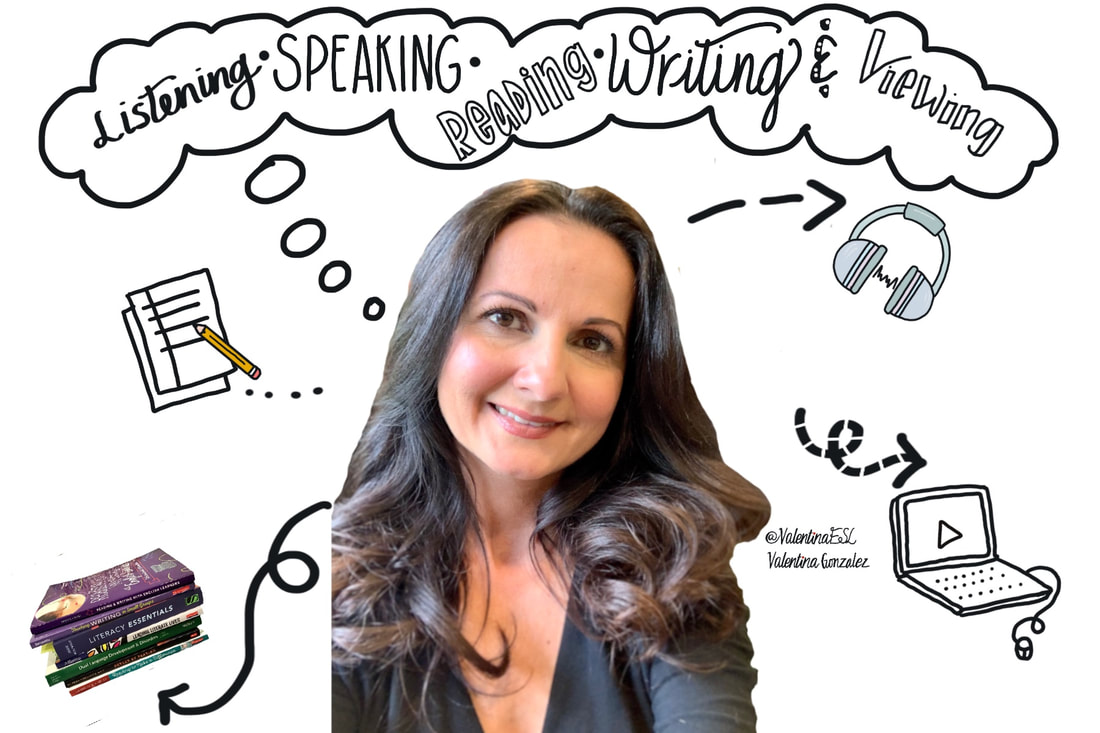
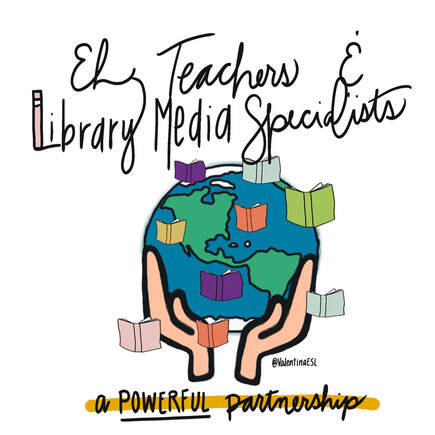

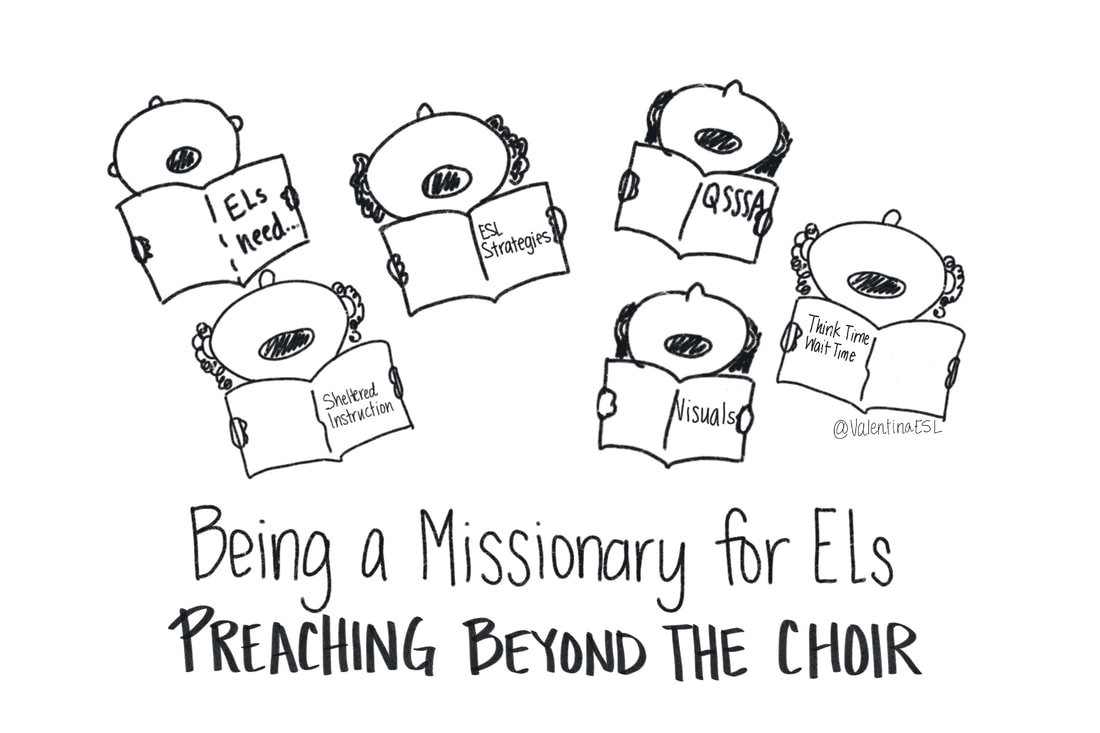


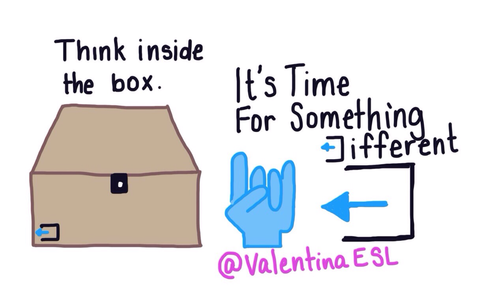

 RSS Feed
RSS Feed
